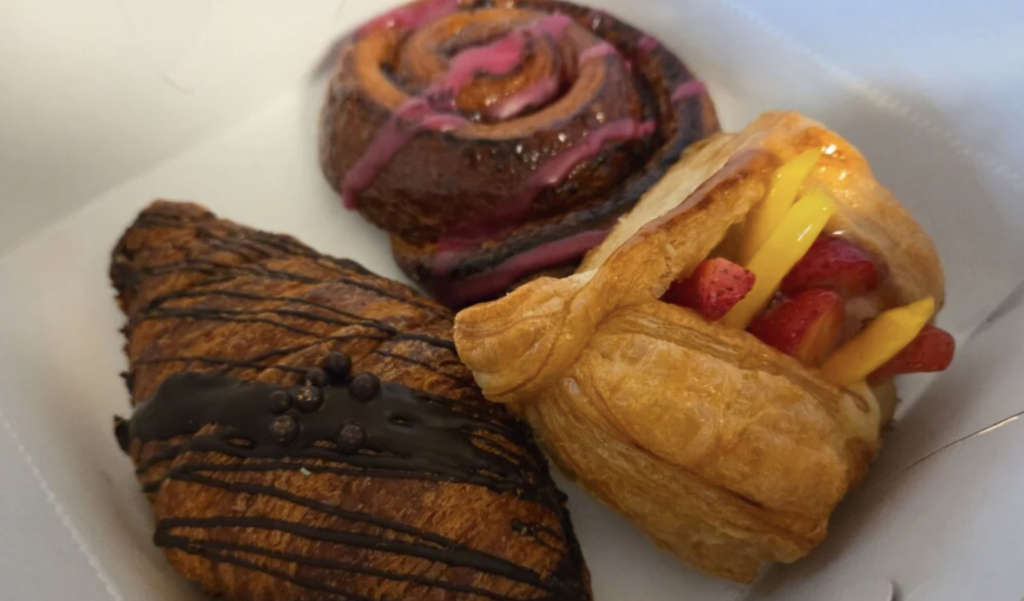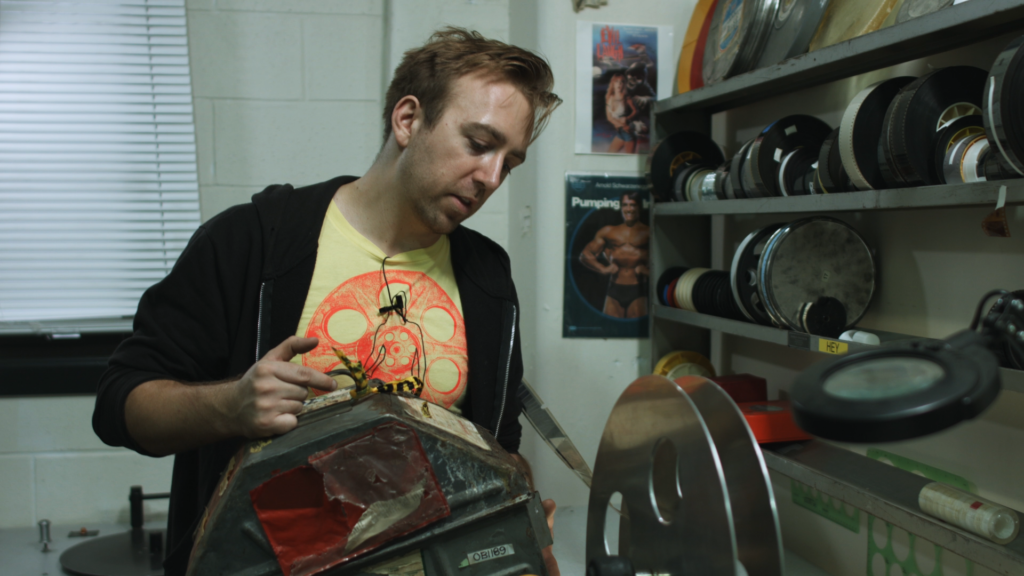Earth to Rocket Science
In 1992, on board the space shuttle Endeavor, Mae C. Jemison, who was already a medical doctor, became the first African-American woman in space. Jemison’s also pretty, but, she notes matter-of-factly, “You’re more likely to see models on the cover of Newsweek and Time than you are to see women scientists. That tells girls what they’re valued for.”
While Jemison regrets that race and gender affect who gets involved in science and who doesn’t, she has broader concerns. She’s worried about the country’s overall lack of scientific knowledge. “What I’m dealing with is how to get people to that baseline scientific education so they can read a newspaper article on the environment and know how to vote,” she says.
Ever since hanging up her space suit, Jemison has been working as an advocate for science literacy. “Scientists make decisions,” she says. “It is incumbent upon us to make sure that people can participate. If I couldn’t take anything away from an article on a major political issue up for a vote in the next election, I’d be pretty disappointed. I should be able to figure something out, even if I’m not a politician myself.”
People who come to meet Jemison at Science City on Tuesday might be hoping to find out what it was like to go into space, but they’re likely to leave with other information instead. “If someone asks me about space I’ll be happy to answer their questions, but that’s not what I’m coming to do. I’ve been out of NASA for eight years now,” she says in a very down-to-earth tone. Instead, she’ll be getting kids to work on problem-solving exercises to demonstrate that science can be fun.
Jemison isn’t targeting a specific group of kids. That’s in keeping with the attitude that catapulted her into space. “I wanted to be a scientist, and when race and gender things came up I just thought it was silly. I really didn’t see why it should matter, and in the end it didn’t.”




